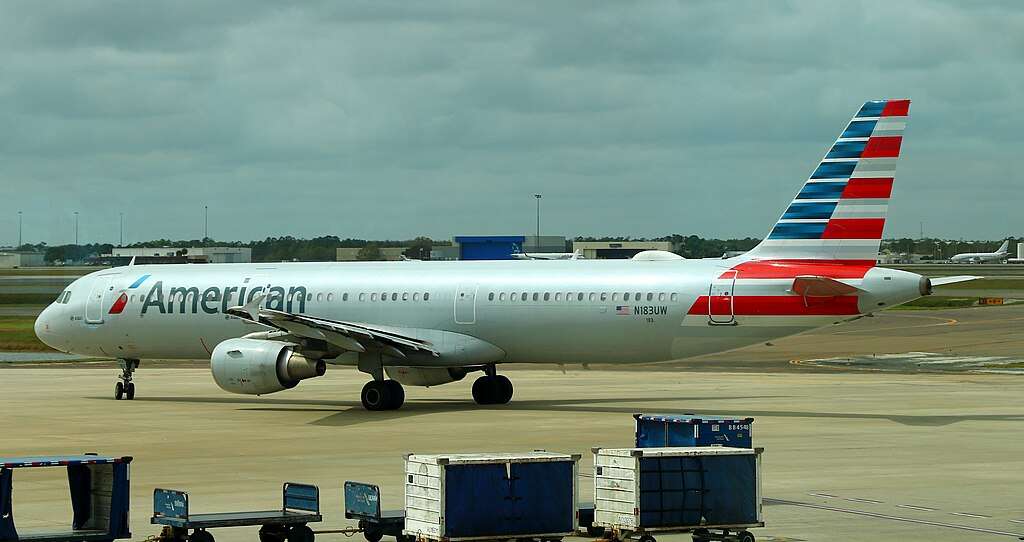The Greater Orlando Aviation Authority (GOAA) has unveiled a sweeping $6 billion airport modernization plan for Orlando’s airports to transform the travel experience from car drop-off to the gate and beyond.
The GOAA’s Visioning Plan arrives after a near-record 56.7 million passengers passed through the Orlando International Airport (MCO) over the past year. In March 2025 alone, the Orlando International Airport (MCO) reported about 7% year-over-year growth in seats, showing rising demand. CEO Kevin Thibault noted that the airport “grew the equivalent of five years in one” between 2022 and 2023.
To keep pace with the influx of travelers, officials have already been implementing upgrades, including parking-structure enhancements and the opening of Terminal C (15 gates) in 2022, designed to accommodate an additional 10-12 million passengers annually.
The Orlando airport modernization plan sets goals across both MCO and Orlando Executive Airport (ORL) over the next decade and is structured around four strategic pillars: customer experience, community, infrastructure and people. Authorities say the plan emerged from months of extensive research, stakeholder collaboration and user input to deliver a best-in-class passenger experience.
- Customer experience: GOAA is aiming for a five-star rating from Skytrax, the global airport service benchmark. It also plans to activate 60% of vacant real-estate assets at ORL.
- Community: Plans call for a new cargo-processing facility and an advanced air-mobility (AAM) vertiport for electric vertical takeoff and landing (eVTOL) aircraft by 2030. The authority also intends to increase non-aeronautical revenue by 30% compared with 2025 levels.
- Infrastructure: Major upgrades include the addition of 8,000 parking spots, a new baggage-handling system for Terminals A and B, completion of Airside 2 gate expansions and a passenger-conveyance link from Palm Court to Gate C230 in Terminal C by 2030. Phase 2 of the Terminal C expansion is targeted for completion by 2035.
- People: A business incubator at MCO, scheduled for 2030, is expected to drive innovation and draw 40% more partnerships with small businesses. Officials plan to boost employee engagement scores 20% by 2028, reaching a 90% score within five years.
The Visioning Plan also sketches out enhancements such as upgraded stormwater systems, terminal renaming for clarity, facial-recognition screening, smarter flight-information displays, autonomous wheelchairs, smart restrooms, mobile-ordering concessions, theme-park-inspired family zones, AR/VR experiences and new lounges for work and relaxation.
Project funding comes from a recently revised $5.9 billion MCO Capital Improvement Program (CIP) and an $84.2 million ORL CIP. The GOAA board says the investments signal its commitment to delivering shorter wait times, better amenities and expanded access. For the region, the Orlando airport modernization plan seek to boost economic growth, job creation and enhanced opportunities for small businesses. For the airport system, it represents a major step toward future-proofing infrastructure and expanding capacity to meet the demands of a booming travel market.
Photo by Larry D. Moore, CC BY 4.0 https://creativecommons.org/licenses/by/4.0, from Wikimedia Commons
This story is categorized as a Transportation Project on Government Market News. Click here for more transportation and airport projects around the nation.













